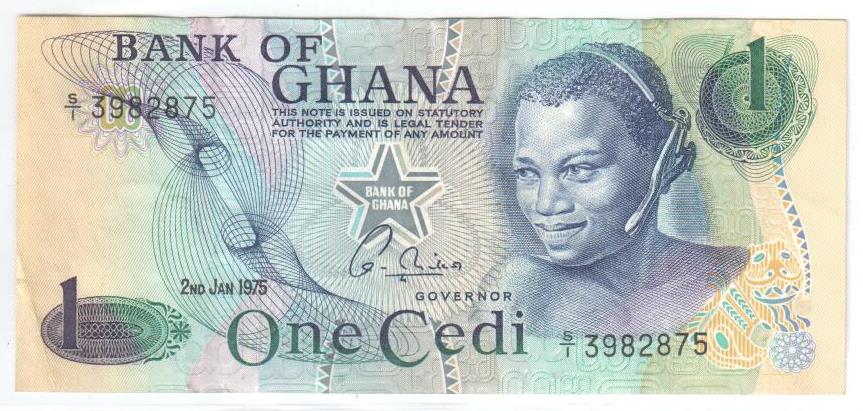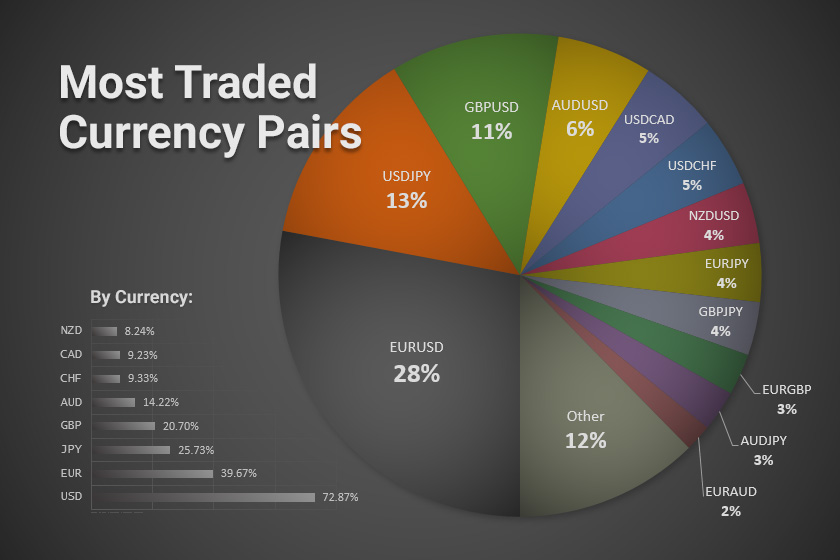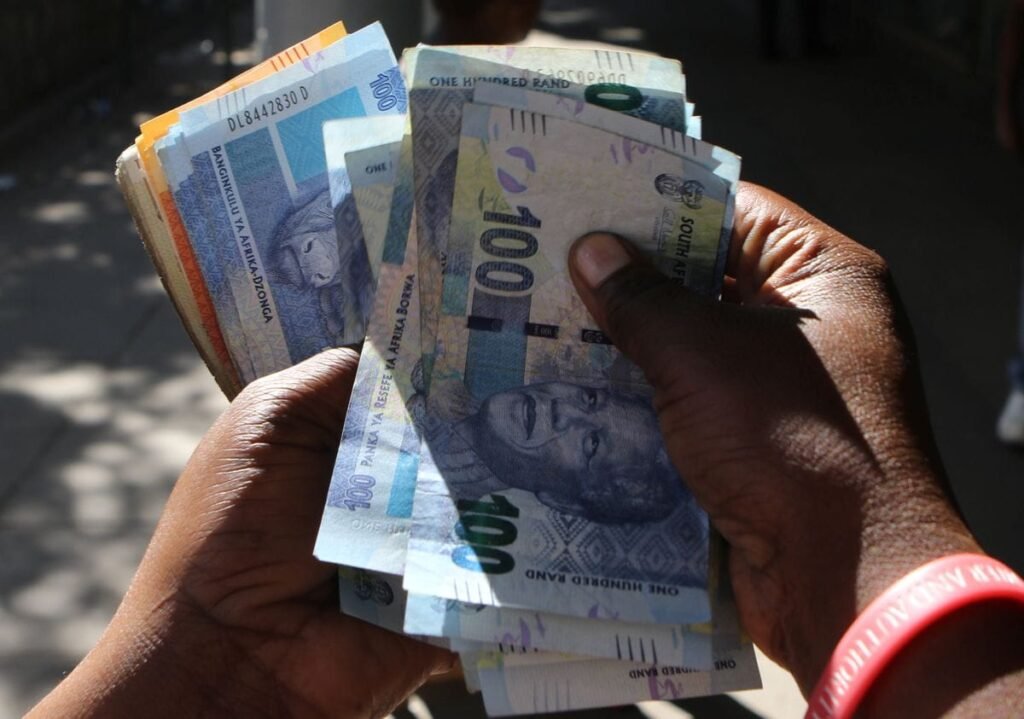In Summary
- Even with a growing acceptance of local currencies across Africa, the U.S. dollar continues to be the primary currency for transactions on the continent, as per a monthly SWIFT currency report.
- Central banks in Ghana, Nigeria, Egypt, and Kenya have engaged in strategic forex interventions to enhance the stability of their domestic currencies.
- Factors such as inflation, political unrest, and shifts in the global economy can lead to currency reforms and impact the trust in a nation’s currency.
Deep Dive!!
Africa’s financial environment is constantly changing, which is increasingly visible in the activities and trading volumes of its currencies. As countries forge stronger trade ties, adopt monetary reforms, and develop digital finance options, various African currencies have started to play crucial roles in both regional and global foreign exchange spheres.
The continent’s most traded currencies reflect a combination of economic strength, reliance on resources, financial integration, and stability driven by policy. As nations implement reforms, diversifying their economies and assuring institutional stability, these currencies are set to influence both intra-African trade and international investment flows.
Here’s a ranked list of the top 10 most traded currencies in Africa from 10 to 1, detailing their economic backgrounds, historical significance, and importance in global trade. Take a look!
10. Kenyan Shilling (KES)
Established in 1966 after independence to replace the East African shilling, Kenya’s economy is diverse, encompassing agriculture, fintech (like M-Pesa), tourism, and manufacturing. With a current exchange rate of KES 129 to 1 USD, the Kenyan Shilling is the leading traded currency in East Africa, supported by remittances from abroad and strong agricultural exports.

9. Seychelles Rupee (SCR)
Launched in 1976 after gaining independence, the Seychelles Rupee primarily relies on tourism, fisheries, and offshore finance. Currently, 1 USD translates to SCR 14, making it one of Africa’s strong currencies, buoyed by tourism revenue and solid foreign exchange reserves.
8. Botswana Pula (BWP)
Introduced in 1976 to replace the South African Rand, the Botswana Pula is a stable currency backed by diamond resources, low national debt, and effective monetary policy. It is a diamond-exporting hub with political stability and sound fiscal measures, presently valued at BWP 14 for 1 USD.
7. Ghanaian Cedi (GHS)
Known for being one of Africa’s top-performing currencies, the Ghanaian Cedi benefits from fiscal reforms and the strength of commodity exports, although it is vulnerable to global price fluctuations. Reintroduced in 1965 and modernized in 2007, it is supported by Ghana’s exports of gold, cocoa, and oil, currently trading for GHS 12–15 per 1 USD.
6. Tunisian Dinar (TND)
Established after independence, the Tunisian Dinar has shifted from a pegged to a managed float system. The economy thrives on resilient textile, agriculture, and tourism sectors, ensuring relative stability, despite facing inflation and trade deficit challenges. The current exchange rate is TND 3.1 to 1 USD.

5. Libyan Dinar (LYD)
Introduced in 1971, the Libyan Dinar has maintained its value despite the ongoing political turmoil, largely due to oil exports. Its current strength can be attributed to the central bank’s management of the currency. The exchange rate is currently LYD 4.8 for 1 USD.
4. Moroccan Dirham (MAD)
Launched in 1960, the Moroccan Dirham benefits from phosphate mining, tourism, and robust trade relations with the EU. Pegged to a basket of currencies, the strength of this currency is supported by foreign investment, remittances, and a diversified export portfolio. It currently exchanges for MAD 9.5–10 per 1 USD.
3. Egyptian Pound (EGP)
While historically subjected to devaluation during reform measures, the Egyptian Pound has stabilized in response to IMF guidance. In use since 1834, the Egyptian economy is primarily driven by tourism, Suez Canal revenues, energy, and agriculture, with the current exchange rate ranging from EGP 31 to 48 for 1 USD.
2. Nigerian Naira (NGN)
Introduced in 1973 to replace the pound, the Naira has faced numerous devaluations due to heavy reliance on crude oil, leading to the launch of the eNaira in 2021. Nevertheless, as Africa’s largest economy with significant contributions from oil, agriculture, and services, it holds the spot for the second most-traded currency on the continent, currently valued at NGN 1,600 to 1 USD, although volatility persists due to inflation and energy dependence.
1. South African Rand (ZAR)
The South African Rand ranks as the most frequently traded currency in Africa, playing a vital role in global commodity-related foreign exchange markets. Like many African currencies, its volatility is influenced by commodity prices and political events. Launched in 1961, the ZAR supports its value through mining (gold, platinum, copper), agriculture, manufacturing, and services, presently trading at ZAR 18 for 1 USD.


